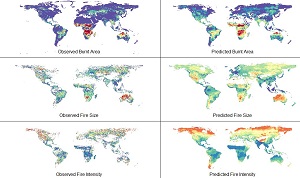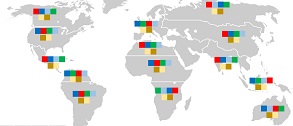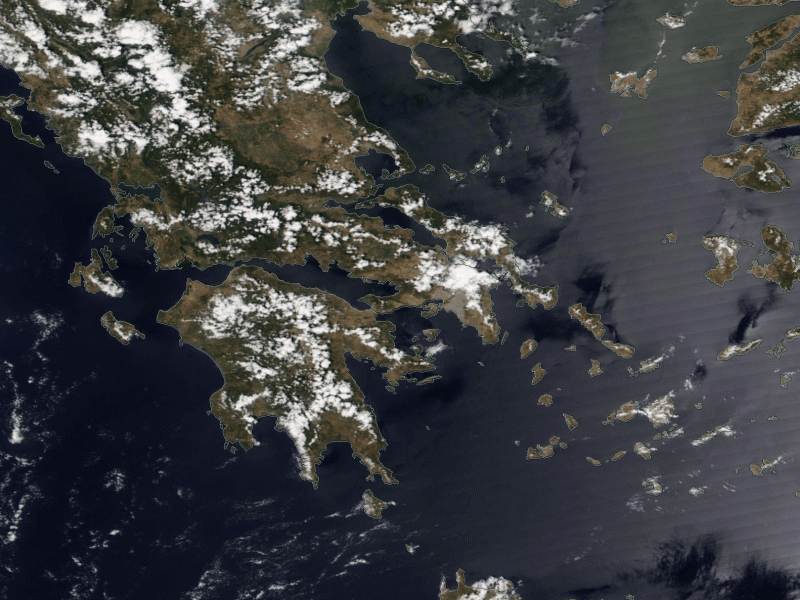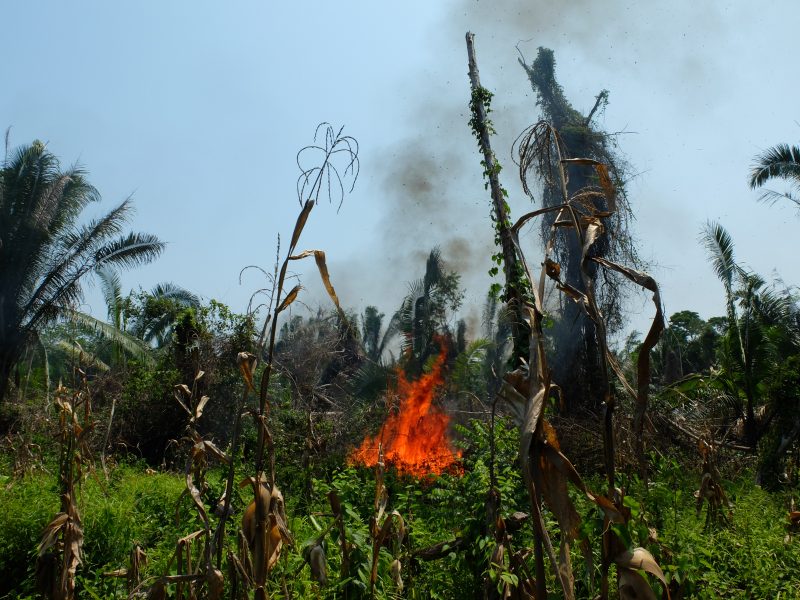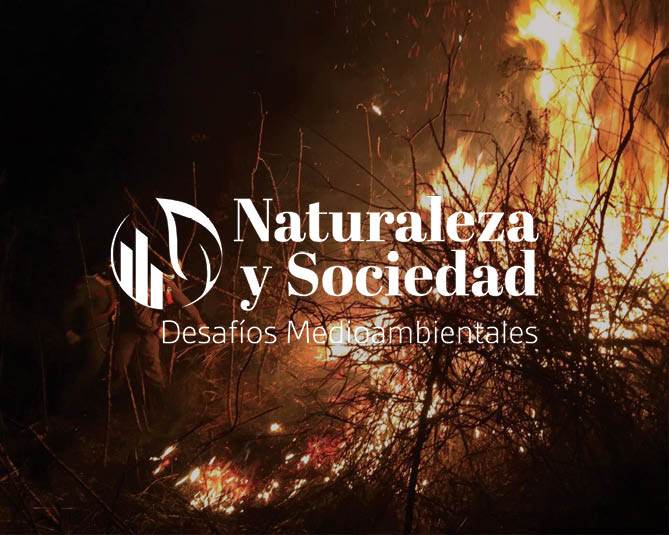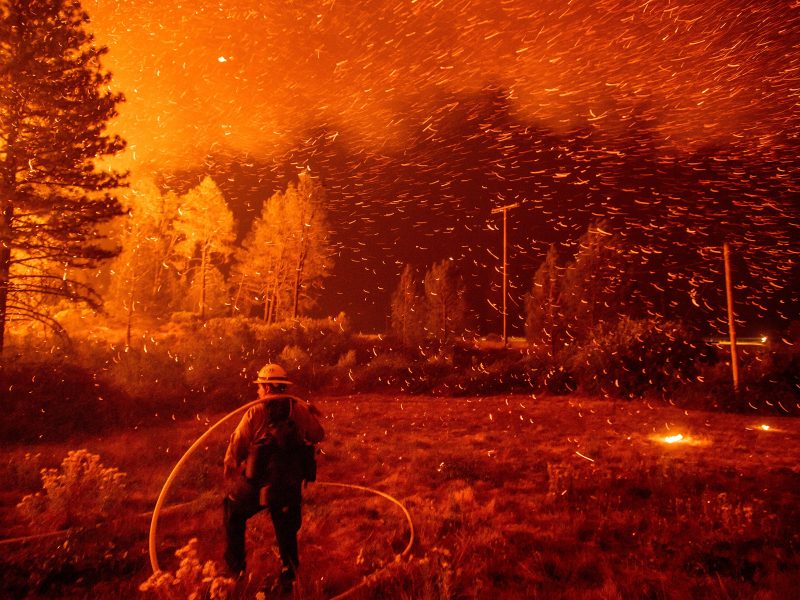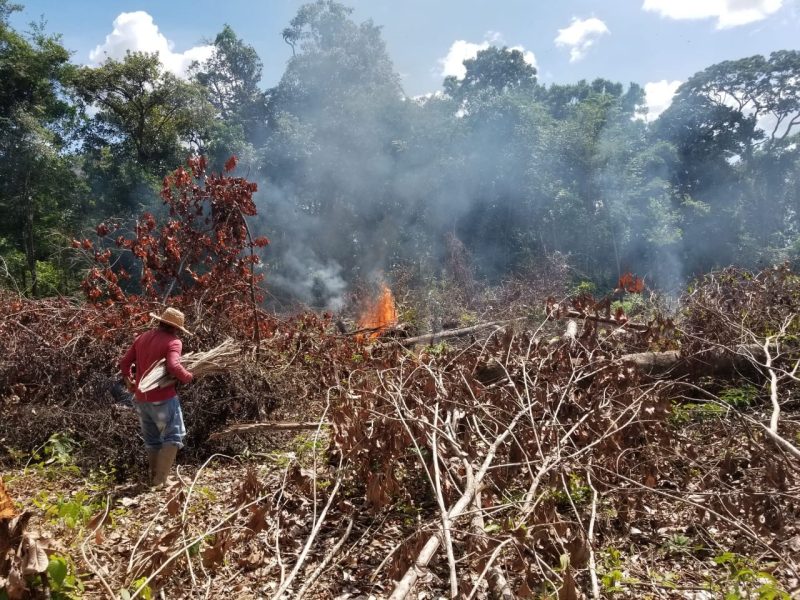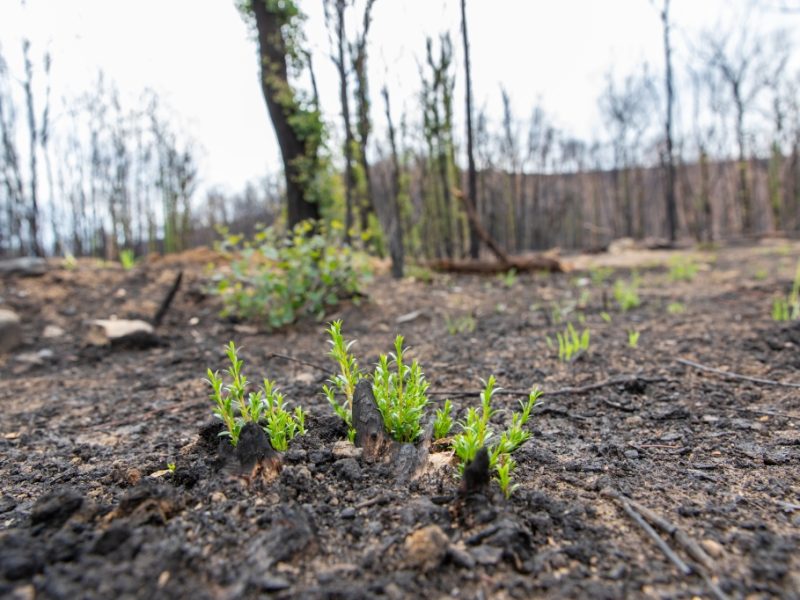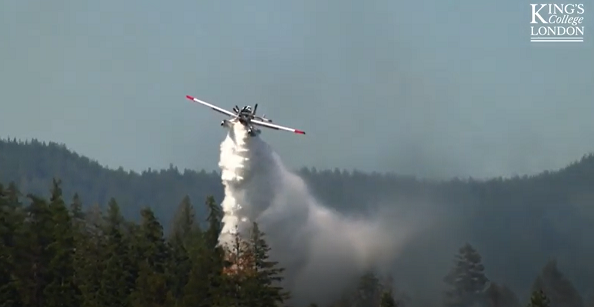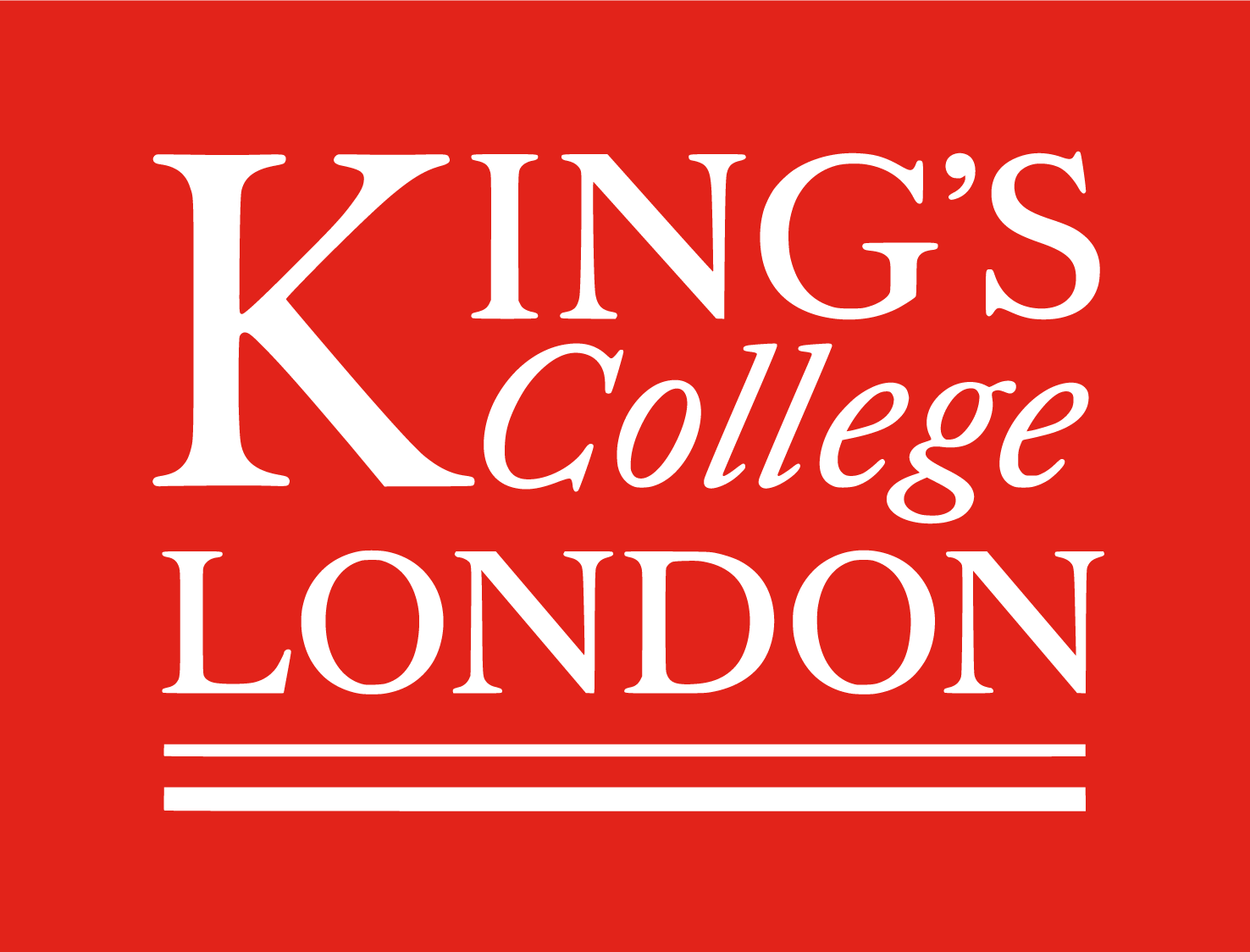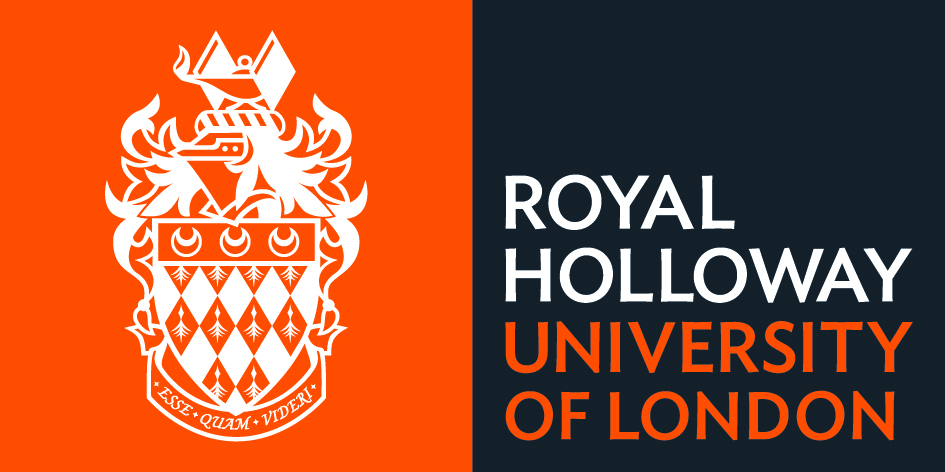-
Furthering our understanding of the global patterns of burnt area, fire size and fire intensity
By Olivia Haas and Natalie Sanders Wildfires are a fundamental ecological process but studying wildfire patterns and properties at a global scale is challenging. However, understanding wildfire processes is essential to fully describe global vegetation distribution and structure. In addition to temperature and precipitation, vegetation can both influence and be influenced by wildfire regimes. A […]
Continue reading -
Climate drivers of wildfire burned area across the globe
By Dr Manolis Grillakis, Technical University of Crete Meteorological conditions are a key driver of wildfire activity and extent, which led to the emergence of the use of fire danger indices that depend on weather conditions. The Canadian Fire Weather Index (FWI) is one of them. In this project, we evaluated how well the FWI, […]
Continue reading -
Future climate change impact on wildfire danger over the Mediterranean: the case of Greece
By Anastasios Rovithakis, Technical University of Crete Feature image(gif): The catastrophic 2021 summer fires in Greece Greece has experienced many catastrophic wild fires in the recent years in response to extended drought periods driven by climate change. The country follows the general Mediterranean trend of increasing temperature and decreasing precipitation in the distant future, thus […]
Continue reading -
Declining controlled fire use undermines subsistence-oriented and smallholder livelihoods, and threatens ecosystems
By Cathy Smith, Ol Perkins, and Jay Mistry Photo – Swidden clearance fire in Belize (Credit: Cathy Smith) When most people in the UK think about landscape fire, they think about exceptional, devastating wildfire events like those in California, Australia, and the Amazon in recent years. Yet, for many people worldwide, fire is an everyday […]
Continue reading -
Women and diversity in the new paradigm of fire science
by Dr Adriana Ford, Centre Manager, on International Women’s Day 2022 “The main hurdles faced by women working in fire science echo those seen in other sectors of science, and the current gender gap might indeed be depriving the world of possible science advancements of the skills and intellectual perspectives of women, putting […]
Continue reading -
Call for Papers: Knowledges of Fire in Latin America and the Caribbean
CALL FOR PAPERS: Knowledges of Fire in Latin America and the Caribbean- The contribution of UNESCO sites to fire management in the face of climate change emergencies Download information as pdf Call website GUEST EDITORS Bibiana Alejandra Bilbao (Universidad Simón Bolívar, Venezuela | COBRA Collective | landmarc: Land Use based Mitigation for Resilient Climate […]
Continue reading -
The Fastest and Most Complex Wildfire Spread Pathway: Firebrand Spotting
by Simona Dossi and Guillermo Rein, Department of Mechanical Engineering, Imperial College London Photo: Firebrand shower during the 2018 Delta Fire in the Shasta-Trinity National Forest, California, USA. Photo courtesy of Noah Berger/Associated Press (noahbergerphoto.com). Photo shows numerous airborne firebrands and flames on the grass appear to be ignited by the landing firebrands Wildfires pose […]
Continue reading -
Developing research impact and future collaborations on fire management with Indigenous peoples in Guyana
By Kayla de Freitas and Jay Mistry, Royal Holloway University of London Centre researchers Kayla de Freitas and Jay Mistry from Royal Holloway met with the South Rupununi District Council, Guyana to discuss how current and future research can feed into practical fire management activities. On the 17th December 2021, Kayla de Freitas and Jay […]
Continue reading -
Developing an ecosystem-centred fire framework: causes and consequences
Figure 1. Forest regrowth after wildfire. Victoria, Australia. Credit Neal Herbert By Natalie Sanders (Imperial College London) How do we disentangle extreme fire events resulting from climate change with natural wildfire regimes? And how might we model the interaction of climate and ecosystem properties, in order to better predict and manage wildfires? Part of the […]
Continue reading -
An introduction to wildfire ignition, fire spread, and fire suppression
Francesco Restuccia, Lecturer in Engineering at King’s College London, and Guillermo Rein, Professor of Fire Science at Imperial College London, discuss wildfire ignition, fire spread, and fire suppression. They look at problems such as the wildland urban interface (WUI), fire spread, fire suppression, ignition criteria, to have a better fundamental understanding of how these fires […]
Continue reading

